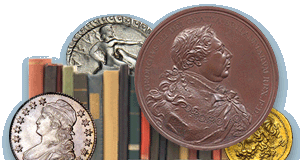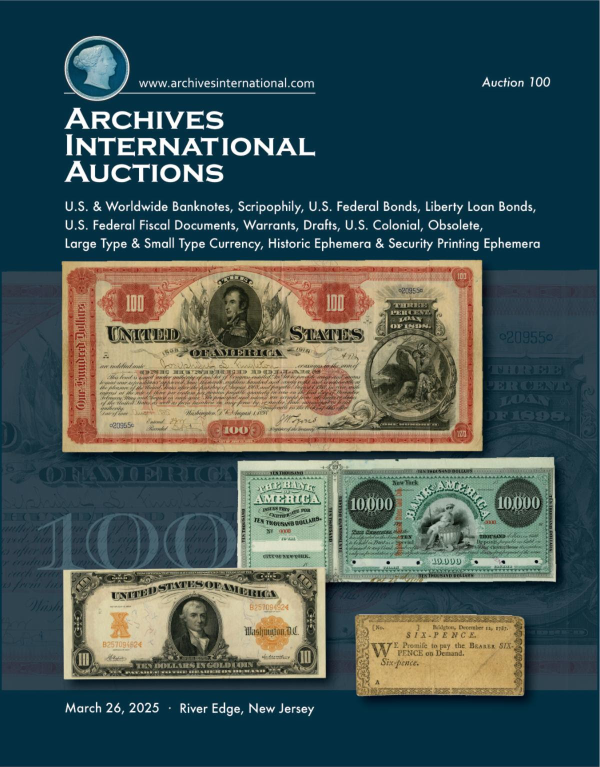
Princeton Firestone Library Curator of Numismatics Alan Stahl
is giving an introductory online course in June on the coinage of the medieval Mediterranean.
-Editor
 The Summer Skills Seminar, "Medieval Numismatics: An Introduction" will be held via Zoom from Monday, 23 June to Thursday, 26 June 2025 from 10am to noon and 1pm to 3pm MDT.
The Summer Skills Seminar, "Medieval Numismatics: An Introduction" will be held via Zoom from Monday, 23 June to Thursday, 26 June 2025 from 10am to noon and 1pm to 3pm MDT.
This Summer Skills Seminar will introduce participants to the dynamic interactions of Roman and Sasanian coinages in the Late Antique period, which gave way to the tripartite division of Latin, Byzantine, and Islamic coinages of the succeeding centuries. We will examine how these three coinages developed and interacted through the later medieval centuries, laying the groundwork for the modern monetary systems.
Each student will choose a coin of the period from an online or personal collection and share with the group the circumstances of the minting of the coin, the state of scholarship on the coinage, and a report on the circulation of the coinage from the evidence of hoards and excavations. Major analytical methodologies will be explained along with a chronological survey of Mediterranean coinages from the sixth through fifteenth centuries. No prior experience with numismatics is expected.
Course overview
Coinage was a part of the lives of virtually all inhabitants of the regions around the Mediterranean from late antiquity to the later Middle Ages. Coins served as a means of pay, of commerce, of savings, and were one of the few emanations of their government that medieval people experienced in daily life. This course will begin with an overview of the Late Roman coinage, which lived on in the coinage of the Byzantine Empire, and in the gold coinage of the Islamic states. In the same period, the Sasanian coinage of Persia gave way to the silver Islamic coinage. In Mediterranean Europe, new coinages sprang up, based often on local rather than national polities. The course will examine the later development of the Byzantine, Islamic, and Mediterranean European coinages, with special emphasis on the interactions of the three coinage traditions during the Crusading period.
Topics Covered
The minting, circulation, and economic aspects of medieval coinage will be explored. There will be an introduction to the use of die study, metrology, and chemical analysis in the study of medieval coinages. The reading of legends (inscriptions) of medieval coins will be explained as will be the practice of immobilization, the repetition of old and inaccurate information on coins. The contributions of hoard and excavation study to knowledge of the minting and circulation of medieval coinages will be discussed. Such topics as coin debasement, Gresham's Law, and the challenges of bimetallic monetary systems will be explained with medieval examples. The general developments of the three coinage traditions will be illustrated with examples, as will the imitation and cross-adaptation of coinages among Byzantine, Islamic and European minters.
The regular application period is until April 28.
Applicants will be advised of acceptance by May 5. Payment is due on May 12. Applicants waiting on a grant or subvention may request an extension for the second payment.
For more information, see:
Medieval Mediterranean Coinage: An Introduction"
Mediterranean Studies Summer Skills Seminar
23–26 June 2025
(https://mailchi.mp/mediterraneanseminar/enroll-medieval-numismatics-an-introduction-summer-skills-seminar-23-26-june-zoom-2536160)
Wayne Homren, Editor
The Numismatic Bibliomania Society is a non-profit organization
promoting numismatic literature. See our web site at coinbooks.org.
To submit items for publication in The E-Sylum, write to the Editor
at this address: whomren@gmail.com
To subscribe go to: Subscribe
Copyright © 1998 - 2025 The Numismatic Bibliomania Society (NBS)
All Rights Reserved.
NBS Home Page
Contact the NBS webmaster
|



